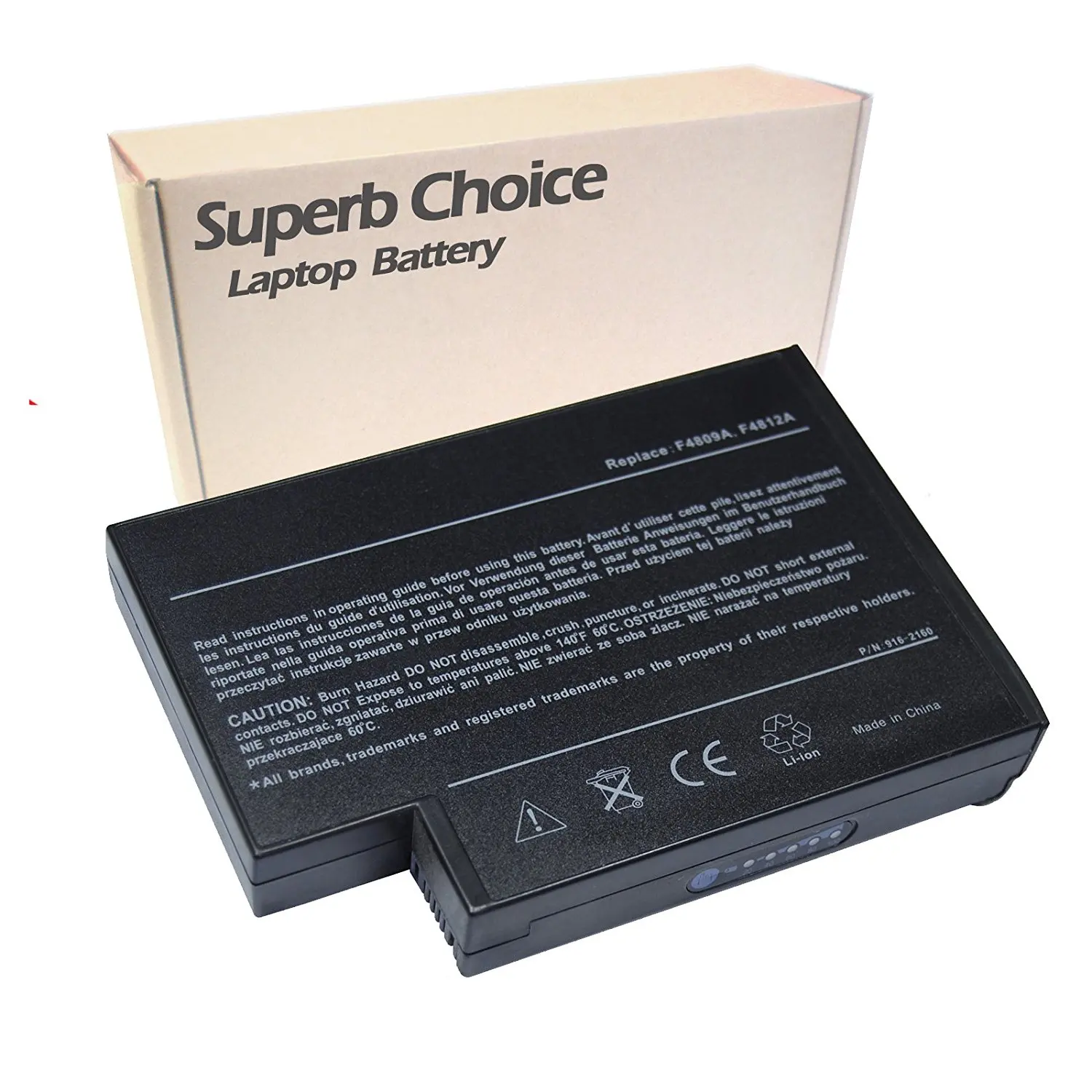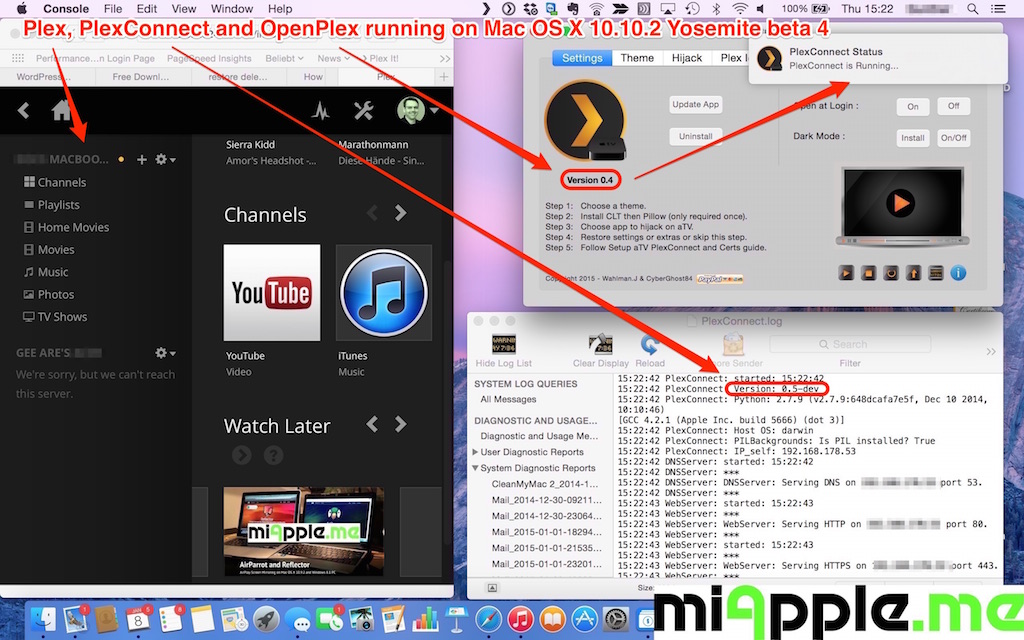
Following the selection of the ‘+’ icon next to other libraries, select the folder in which these files are located.īy scanning the content, Plex will download it. Your library contains movies, TV shows, home videos, photos, and music, in addition to your own content. It will look for compatible files on the local hard drive in order to create a media library. The configuration of the Plex Server is accomplished through the web interface, which can be accessed via a browser.

In order to organize all of your files, Plex should be able to sort them properly. Transcoding is the process of converting a file into a playable format or resolution on a different device. You can use Plex Media Server to run it on any operating system, such as Mac OS X, Windows, or Linux.ĭepending on your needs, Plex requires a minimum of systems. There are several NAS devices with which it can be installed, including Netgear, Qnap, and Synology, but there is no software that can be used to do so. The Plex server requests a high-quality, high-definition video in a format that can be viewed on the Chromecast or Apple TV. If you already have a DLNA media server, you’ll notice that Plex is far more sophisticated than it is.

Without having to recode the file manually, any file can be played on any device. Furthermore, it is DLNA-compliant, allowing any DLNA device to connect to it and stream content. The Plex server and client allow you to access your media on the server and on the client. Yes you can! AirPlay is a great way to wirelessly stream audio and video from your Plex media library to another device, like an Apple TV, HomePod, or smart speaker.


 0 kommentar(er)
0 kommentar(er)
